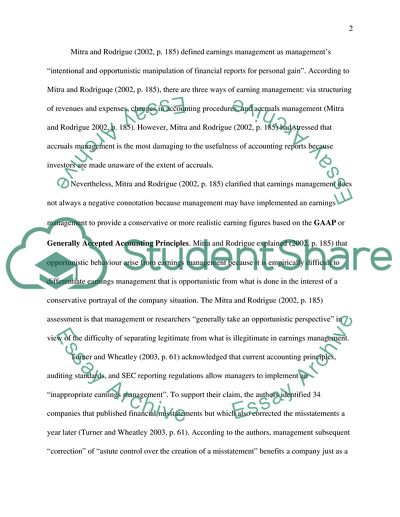Cite this document
(Do Banks and Companies Misstate Profits through Accounting Techniques Term Paper - 1, n.d.)
Do Banks and Companies Misstate Profits through Accounting Techniques Term Paper - 1. Retrieved from https://studentshare.org/finance-accounting/1747878-reported-earnings-or-actual-earnings
Do Banks and Companies Misstate Profits through Accounting Techniques Term Paper - 1. Retrieved from https://studentshare.org/finance-accounting/1747878-reported-earnings-or-actual-earnings
(Do Banks and Companies Misstate Profits through Accounting Techniques Term Paper - 1)
Do Banks and Companies Misstate Profits through Accounting Techniques Term Paper - 1. https://studentshare.org/finance-accounting/1747878-reported-earnings-or-actual-earnings.
Do Banks and Companies Misstate Profits through Accounting Techniques Term Paper - 1. https://studentshare.org/finance-accounting/1747878-reported-earnings-or-actual-earnings.
“Do Banks and Companies Misstate Profits through Accounting Techniques Term Paper - 1”, n.d. https://studentshare.org/finance-accounting/1747878-reported-earnings-or-actual-earnings.


